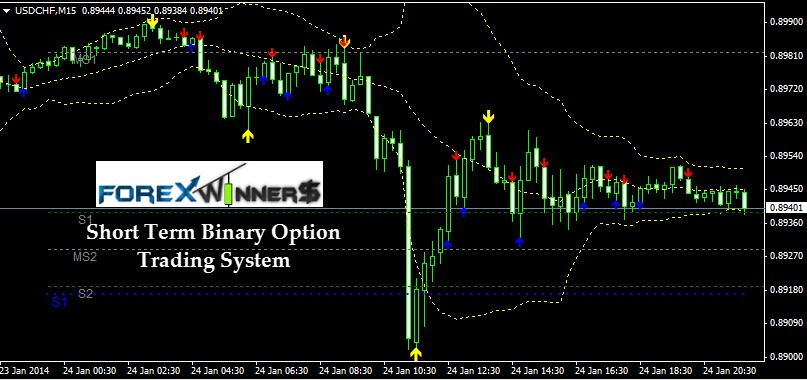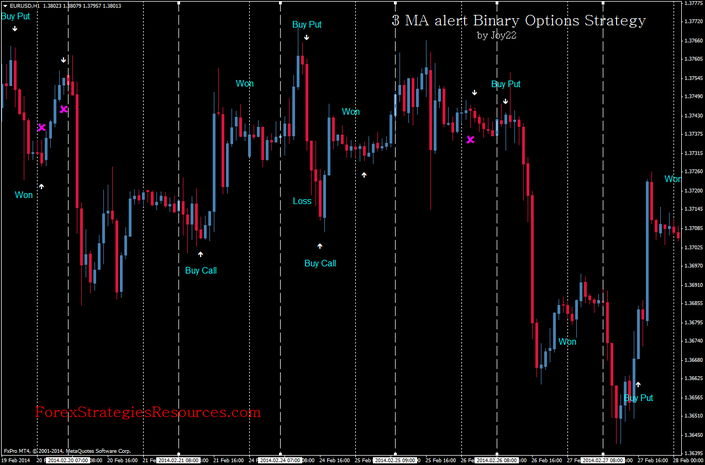Weekly Stock Option Trading Tips January 25 2010
Post on: 8 Апрель, 2015 No Comment

Weekly Archive
Stock Option Trading Idea of the Week
Adjusting with New Calendars vs. Butterfly Spreads
Several subscribers have written in asking why we added butterfly spreads to provide downside protection last week rather than placing new calendar spreads at lower strike prices. As usual, it is difficult to create hard and fast rules that cover every contingency, but the simple answer is that you can achieve considerable more directional protection with a butterfly spread compared to spending the same number of dollars on a calendar spread.
For example, in the Boomers Revenge portfolio, last week for the first time we added a downside exotic butterfly put spread, buying 5 March 110 puts, selling 10 February 107 puts, and buying 5 February 104 puts. The spread cost us $170 including commissions, or $850 total. If the stock stays absolutely flat, when the February puts expire worthless, the March puts will be worth about $200 each at todays VIX. In other words, we will make a profit on a downside insurance adjustment even if the stock does not fall. If the stock falls to $107, those March puts might be sold for over $400 each. (If the stock goes up, we will lose money on this butterfly spread, but we have lots of other calendar and diagonal spreads that will all make good gains from a higher stock price).
Adding the exotic butterfly spread lowered our downside break-even point by $2.00. If we had spent the same $850 on calendar spreads at the 108 or 109 strike, we could only buy 3 of them even if we only went out to June for the long side. These calendar spreads would only have lowered the downside break-even point by $.50 rather than $2.00. That is a huge difference. True, we would have made a greater gain with the calendar spreads if the stock remained flat, but the purpose of the adjustment was to provide downside protection rather than trying to increase gains if the market stayed flat.
It requires so much cash to add calendar spreads at lower strikes to provide meaningful downside protection that usually it involves taking off calendar spreads at higher strikes. We have learned from experience that trading in and out of calendar spreads is expensive, especially when we are using the 10K Strategy and the long side is often a LEAP (where the bid-asked price range is greater than shorter-term options).
There is often an even better way to provide downside protection than using a butterfly spread or a lower-strike calendar spread. We used it last week in Boomers Revenge when we sold a February 114 — 111 vertical call spread. If you have diagonal spreads in place (because in earlier months the market went up and you sold some new calls at higher strike prices than the long side strikes), you can buy back some short calls and sell new ones at a lower strike. This trade can be made for a credit, and you pick up cash that could be used for new calendar spreads or a new butterfly.
Selling a vertical spread is not as costly a trade because it involves options that are in the current month (with smaller bid-asked price ranges).
Again, there are no easy adjustment solutions that work in all situations. Last week, we had very little cash to work with and we were reluctant to take off higher-strike calendar spreads to generate sufficient cash for a downside adjustment. We were able to get more bang for our buck by using butterfly or exotic butterfly spreads than we were to add new calendar spreads.
In case you missed the videos I offered over the past few weeks, you can catch them here by clicking on the title you missed
Any questions? I would love to hear from you by email (terry@terrystips.com), or if you would like to talk to our guy Seth, give him a jingle at 800-803-4595 and either ask him your question(s) or give him your thoughts.
You can see every trade made in 8 actual option portfolios conducted at Terrys Tips and learn all about the wonderful world of options by subscribing here. Why wait any longer to make this important investment in yourself?
I look forward to having you on board, and to prospering with you.
Terry
Andy’s Market Report
Upside earnings reports had no bearing on market performance this past week as the market moved sharply lower. Market participants decided that the overbought status of the major market indices coupled with strong overhead resistance and newfound concerns in financial regulation was reason enough to sell-off stocks.

The Dow Jones industrial average had its fourth big drop in five trading days Friday.
Over the past three days, the Dow lost 552 points, or 5.2%, and over the past five days, it fell 537 points, after gaining 115 points on Tuesday. It was the worst showing for the market since it began its recovery last March.
The bull market that began back in March has had three setbacks, including the latest three-day pullback that saw the S&P 500 index lose 5.1%. However, none of them have been big enough to be termed a correction, or a short-term decline of 10% or more.
There are signs the big moves in the market will continue. The Chicago Board Options Exchanges Volatility Index jumped 52.5% for the week. An increase in the VIX, which is known as the markets fear gauge, is a sign that investors predict more gyrations in stocks. The VIX closed Friday at 27.31, above its historical average of 18-20 but well below the 89.5 it peaked at in October 28, during some of the worst selling of the financial crisis.
As for the technical picture, the market has pushed into a short-term oversold to very oversold state which typically means that a short-term advance is right around the corner (1-3 days).
Next week brings a slew of corporate earnings that should have the ability to move the market. My guess is that we see a short-term bounce early next week based on the short-term very oversold readings. Once that occurs and the market moves back into a neutral state I expect to see a tight trading range form that would be very beneficial to option-selling strategies.
Andy
Overbought/Sold Condition Report
Overbought/Oversold as of January 25, 2010














